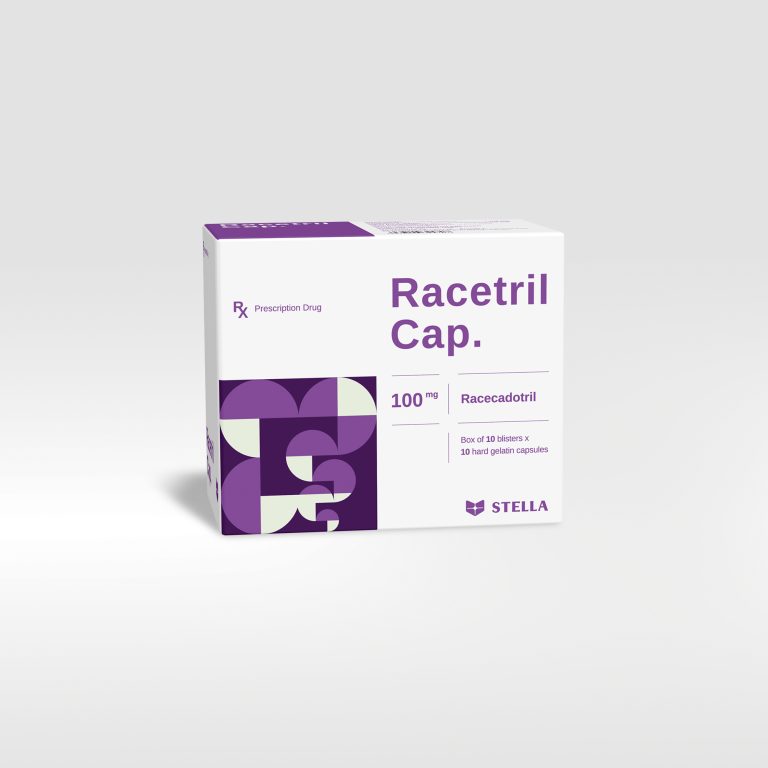Calpostella Rx
Calcium polystyrene sulfonate acts by a cumulative process throughout the gastrointestinal tract, removing potassium ions which are excreted in the feces. Calcium polystyrene sulfonate via oral administration is more effective than the use of enemas.
| Pack size | Box of 30 sachets/60 sachets x 5 g. Box of 10 sachets/20 sachets x 15 g |
| Shelf-life | 24 months |
| Composition | Calcium polystyrene sulfonate |
| Dosage forms and strengths | Powder for suspension: 4.995 g/sachet of 5 g |
Product code :


